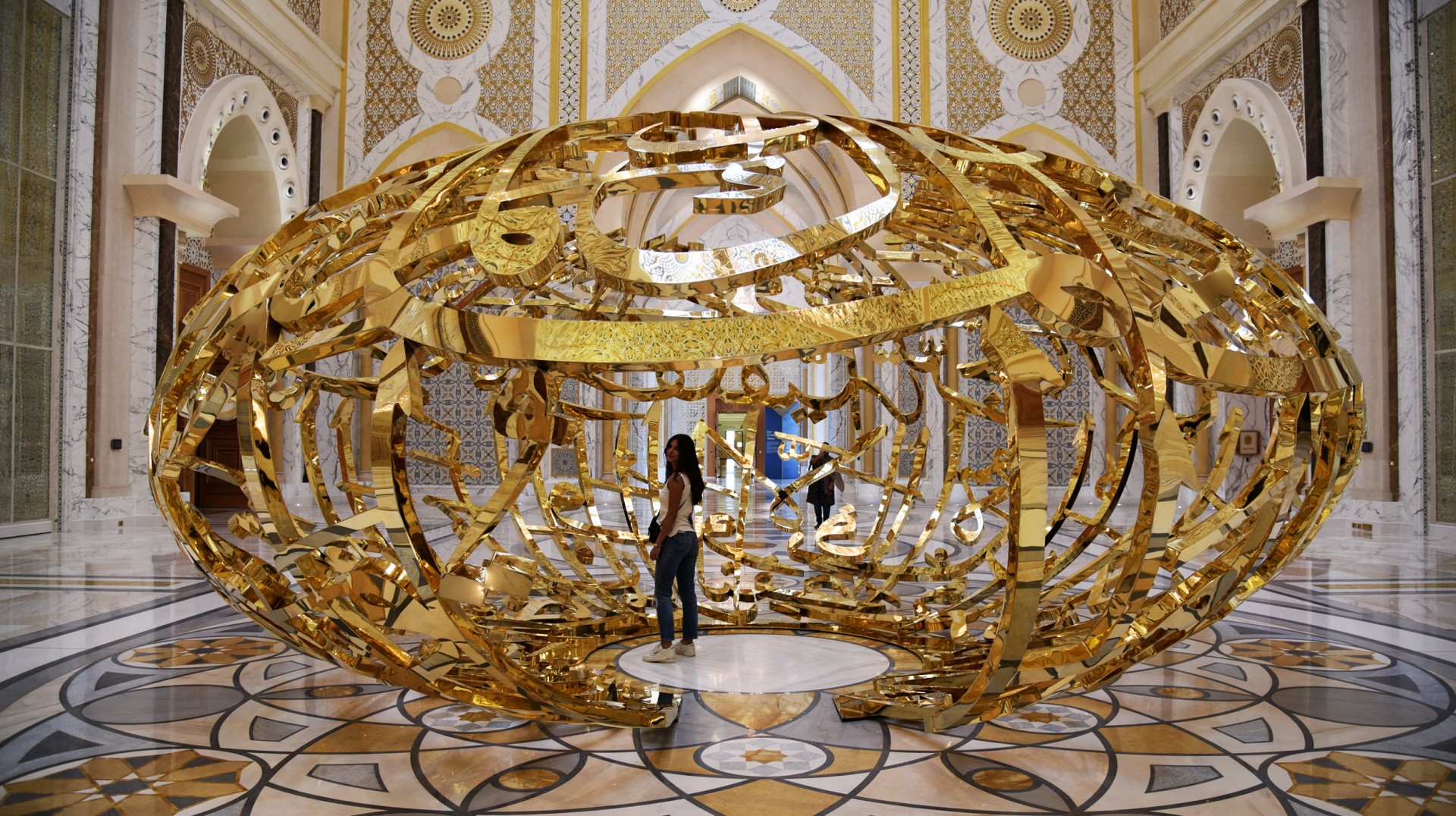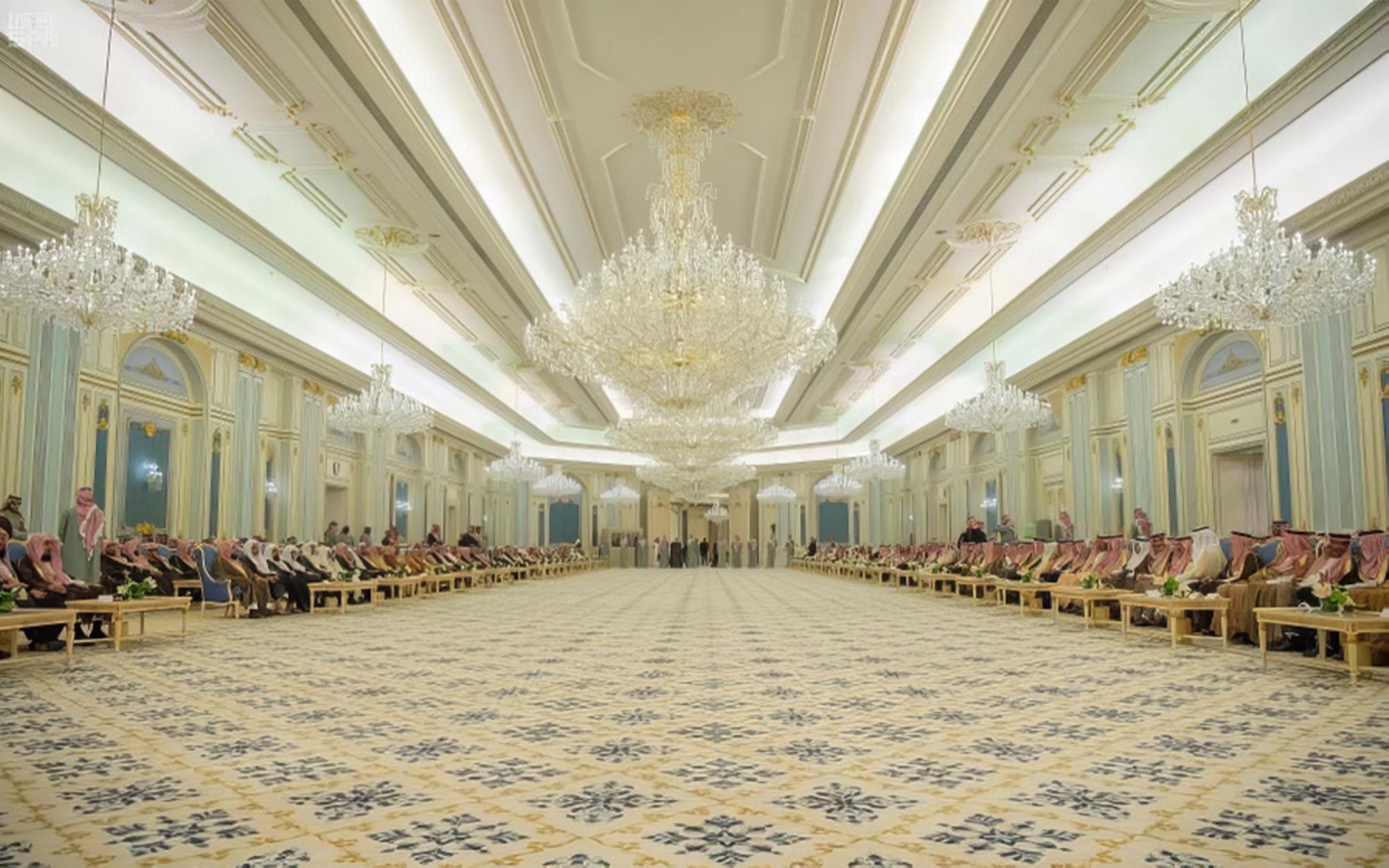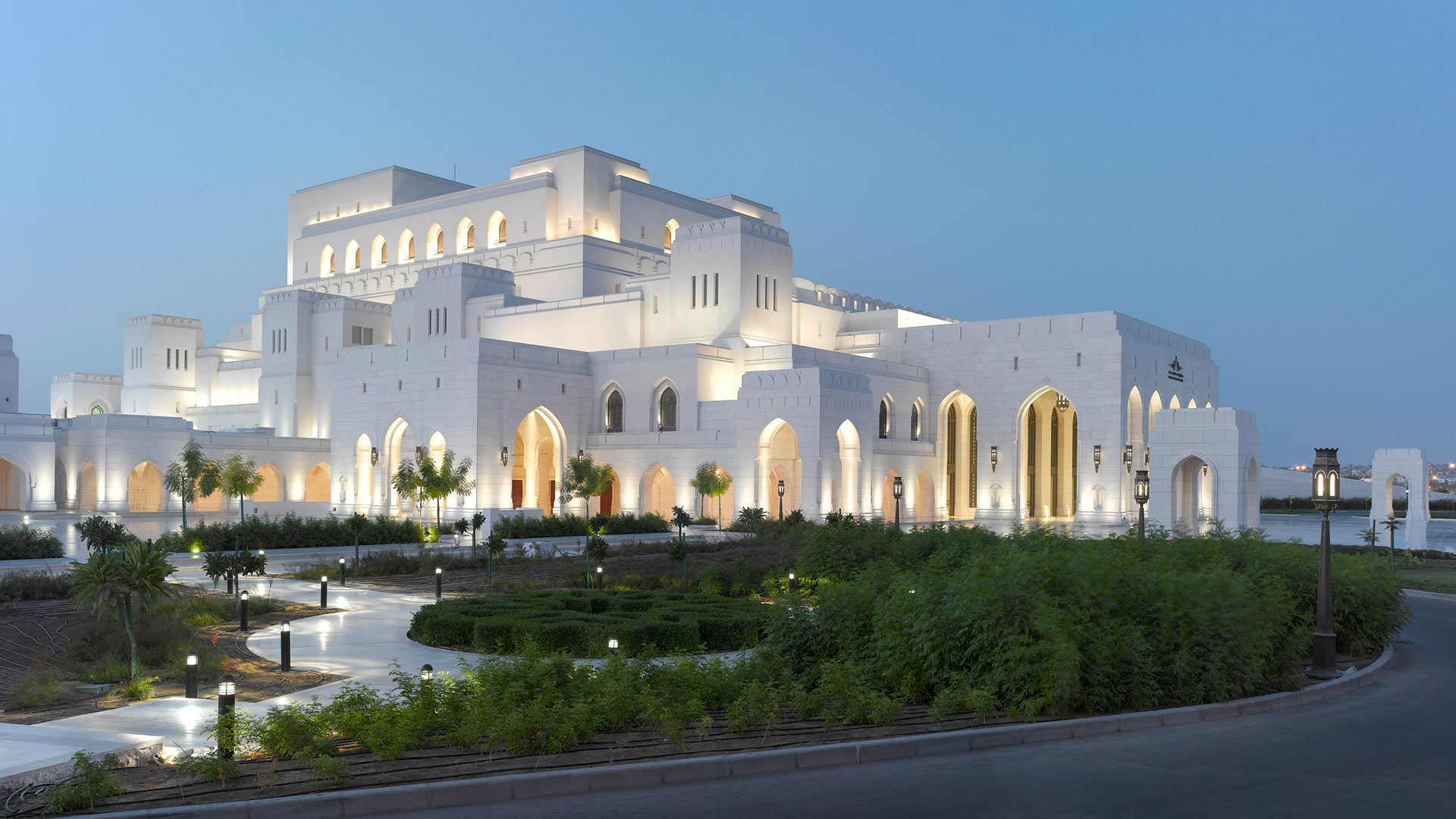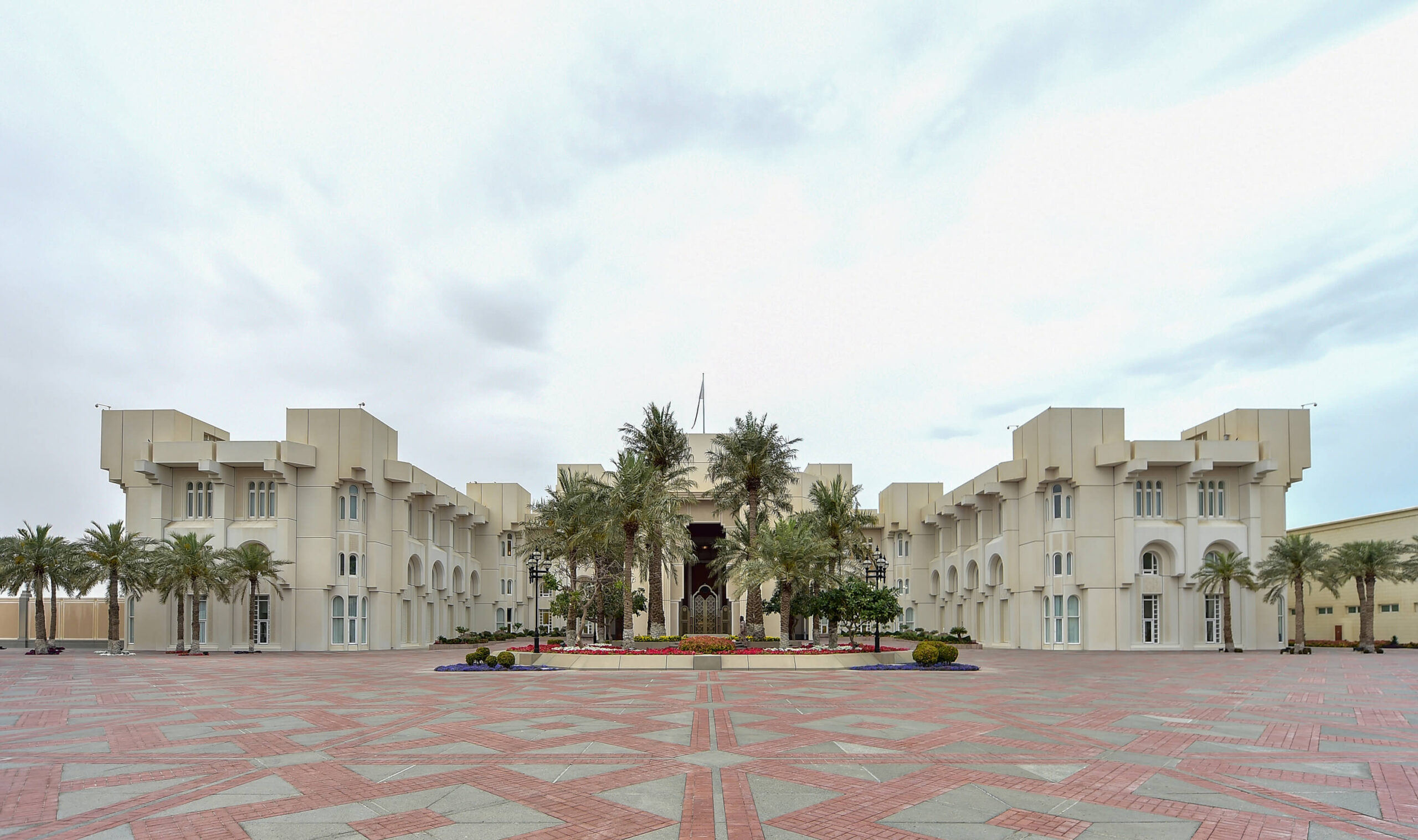Inside the Palaces: Royal-Inspired Interiors of the Middle East
The Middle East has long been associated with luxury, grandeur, and heritage—and nowhere is that more visible than inside its royal palaces. From the gilded ceilings of Riyadh to the marble mosaics of Muscat and the handwoven silk carpets of Abu Dhabi, the interiors of Middle Eastern palaces offer a masterclass in craftsmanship, tradition, and breathtaking opulence.
Rooted in centuries of cultural richness, these interiors blend Islamic artistry, local materials, and modern interpretations of royalty. Whether you’re an interior designer looking for inspiration or a design enthusiast captivated by luxury, this journey through royal-inspired interiors will transport you into a world where every detail tells a story.
The Legacy of Islamic Design
Middle Eastern palaces often draw from Islamic art traditions that emphasize symmetry, repetition, and intricate geometry. These principles are visible in mashrabiya screens, muqarnas vaults, calligraphic tiles, and mosaic floors.
Color palettes vary by region, but rich jewel tones like emerald, sapphire, and ruby are often paired with gold, ivory, and polished woods. Natural light plays a major role, filtered through ornate arches and carved screens to create dappled, atmospheric interiors.
Design Highlight: Symmetrical layouts, arabesque patterns, and dramatic domed ceilings reflecting centuries of Islamic architectural influence.
Palatial Materials: Marble, Gold & Mother-of-Pearl
Materials are key to conveying royalty in Middle Eastern interiors. Polished marble—often sourced locally—is used for flooring, columns, and fountains. Gold leaf details appear on cornices, trims, and even carved furniture, while mother-of-pearl inlays reflect regional craftsmanship from the Gulf.
Hand-cut tiles, silk upholstery, crystal chandeliers, and embroidered textiles are used not just for decoration, but as expressions of lineage, prestige, and legacy.
Design Highlight: The fusion of cold luxury materials like marble with warm, tactile elements like velvet and hand-woven textiles.
Iconic Royal Palaces of the Region
1. Qasr Al Watan, Abu Dhabi
One of the most stunning palaces open to the public, Qasr Al Watan is a symbol of modern Arabian grandeur. The palace combines historical motifs with contemporary scale. Its Great Hall boasts a massive dome, elaborate chandeliers, and custom tilework inspired by Islamic geometry.
Every space—from the library to the banquet rooms—is a balance of elegance and monumentality.
Interior Highlight: A vast white marble atrium adorned with gold geometric detailing and crystal chandeliers.

2. Al Yamamah Palace, Riyadh
Though not open to the public, Al Yamamah Palace serves as the royal court of the Saudi monarch and is renowned for its classic Najdi design updated with modern luxury. Rich woods, traditional carvings, and Saudi stone blend seamlessly with state-of-the-art materials.
Interior Highlight: Majlis rooms with traditional seating arrangements, vast rugs, and intricately carved wood ceilings.

3. Royal Opera House, Muscat
Though not a palace in the traditional sense, this Omani masterpiece captures the essence of royal design. Built with Omani limestone, the interiors blend carved timber, intricate plasterwork, and luxe red velvet seats.
The Royal Opera House reflects Oman’s unique balance of tradition and refinement.
Interior Highlight: Ornamental teak wood ceilings with traditional Omani motifs.

4. Amiri Diwan, Doha
The seat of Qatar’s government, Amiri Diwan also showcases royal design sensibilities. While much of the interior is private, glimpses into its design reveal traditional Qatari motifs elevated through global design partnerships.
Interior Highlight: Blending regional identity with contemporary elegance—arches, hand-woven textiles, and polished marble throughout.

Modern Interpretations of Royal Design
Today’s luxury interiors in the Middle East often draw inspiration from royal aesthetics—translating traditional elements into contemporary contexts. Think: velvet banquettes in luxury hotels, mosaic-tiled spas, gilded detailing in penthouses, and palmwood carvings in designer villas.
Interior designers are embracing palace-inspired concepts in boutique hotels, restaurants, and private residences. Materials like brass, stone, and lacquer are paired with modern silhouettes. The result? Spaces that feel luxurious, grounded in heritage, and visually unforgettable.
Design Elements to Incorporate:
-
Arches and vaults for drama and height
-
Mosaic and zellige tiles for pattern-rich surfaces
-
Rich drapery in deep tones for opulence
-
Carved wood panels for warmth and tradition
-
Gold accents for regal flair
-
Geometric rugs and cushions for softness and symmetry
Why Designers Love Royal Middle Eastern Interiors
For creatives and professionals in interior design, Middle Eastern palaces offer a timeless source of inspiration. These spaces represent a confluence of craftsmanship, storytelling, and architectural mastery. Each palace reveals how design can symbolize power, culture, and emotional resonance.
From a design perspective, what makes these interiors so compelling is their layering of history with modern luxury. They remind us that beauty lies in the details—from the curvature of a doorway to the shimmer of a carved ceiling.
Final Thoughts
Whether you’re creating a modern palace or just adding a regal touch to a living room, take a cue from the Middle East’s most iconic interiors. Embrace the drama, celebrate the detail, and let every design choice speak of legacy.